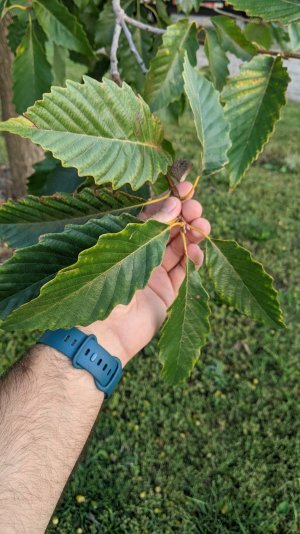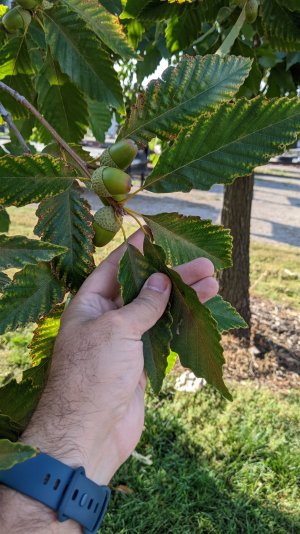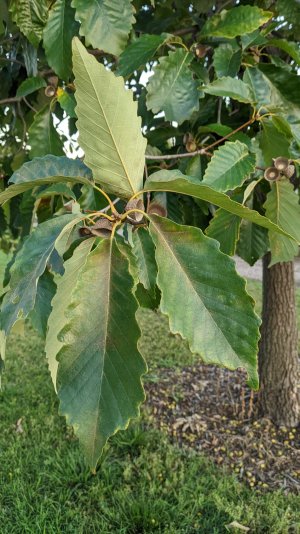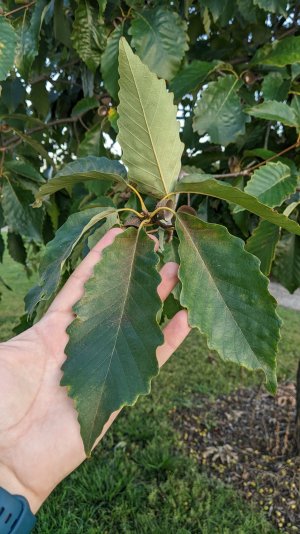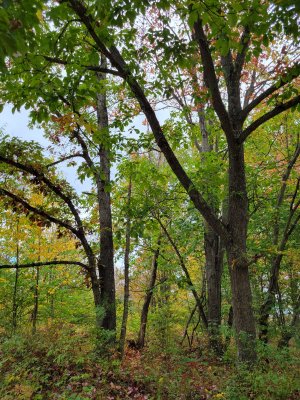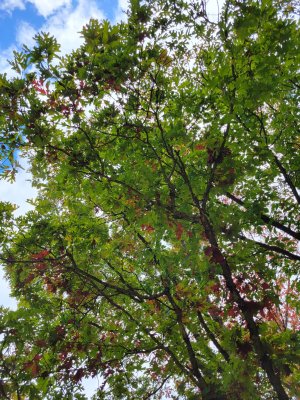Here's what your friends at QDMA say ..... "
When considering species to plant or encourage on deer hunting land in the Southeast, swamp chestnut oak should be near the top of your list. A member of the white oak family, swamp chestntut oak produces extremely large acorns that are highly attractive to whitetails.
Swamp chestnut oak is a native, medium to large (24 to 36 inches) mast-producing tree that can grow up to 100 feet tall. It is found in floodplains throughout the Southeast (see range map in the Gallery below) on moist, well-drained soils adjacent to bottomlands, small or big streams, or on the first terrace or ridge away from water. As the name suggests it can tolerate periodic flooding, but only for a few days or weeks during the growing season; however, swamp chestnut oak can also be found growing as high as 1,000 feet in elevation. Ultimately, its presence and the growth rate of each tree are greatly influenced by the site’s soil type (silty clays and loams are best) and drainage.
Swamp chestnut oak bark is thick, scaly, loose and light-gray in color. On mature trees the trunk is often free of branches for the first 20 to 40 feet, followed by stout branches that ascend at sharp angles to form a narrow but rounded crown. Swamp chestnut oak leaves are deciduous, simple, alternate, somewhat oval, dark green, 4 to 9 inches long, and smooth above and softly hairy beneath; they are short-pointed at the tip, tapering to round at the base, with numerous shallow lobes along the edges. They can be distinguished from other oaks by the nine to 14 lateral veins on each side of the midvein. Swamp chestnut oak acorns are exceedingly large (1½ inches long), mature in one season and are usually produced singly or in clusters of two or three; production averages roughly 85 acorns per pound. Trees typically begin to produce seed around 20 to 25 years and attain their optimal production around age 40, but production will occur much sooner with seedlings planted in full sunlight with good soil and growing conditions. Good seed crops can be expected every three to five years with poor to fair production the balance of the time.

Swamp chestnut oak acorns are very palatable and eaten by white-tailed deer, black bears, turkeys, red foxes, wild hogs, waterfowl and squirrels. Squirrels are perhaps the most helpful animals in spreading its seed because they hoard far more than they can actually eat. Nutritionally speaking, swamp chestnut oak acorns are low in crude protein (4.1 percent) but relatively high in fats (3.3 percent) and carbohydrates (56.1 percent)."


